摘 要
本毕业设计是根据企业指定产品的加工需求,来设计一种与生产线匹配,符合加工技术要求的六工位工作台。本设计主要内容是选择并设计相应的机构,对多工位工作台作总体布局设计,编制工作循环图。该工作台主要任务是要完成工件的上料、注液涂敷、吹干、下料等六道工序,吹干过程占用了三道工序。本设计要求单件工件生产周期为12s,工艺加工的时间不低于2s。该六工位回转工作台采用通过控制步进电机停动的方法来实现工作台的转位和定位,通过控制输入电脉冲的数量和频率来实现工作台的角位移与转速,由步进电机带动转盘来移动工件,将工件夹持转动到相应的工位进行加工。而步进电机本身就带有很好的自锁的功能,对工件进行加工的期间转盘就不会发生转动,保证整个加工过程中定位准确,从而使整个工件加工的质量更好。
关键词:六工位回转工作台;步进电机;定位;自锁;
Abstract
The graduation project base on the demand for the product processing enterprises designs a six processing stations workbench which designated to match the design of a production line and fit the technical requirement. The design of the main content is to select and design the appropriate agency, design a multi-position bench for the overall layout and draw the cycle diagram. The main task is to complete draw up the material on table of the work-piece, injection fluid coating, drying, cutting and other six processes, drying process takes three processes. The design requirements for cycle of single-piece production is 12s, craft processing time is not less than 2s. The six-station rotary table with stepper motor by controlling the stopping method to achieve transposition table and positioning, by controlling the input number and frequency of electrical pulses to achieve the angular displacement and speed table, by a stepping motor drive wheel to move the work-piece, the work-piece holder is rotated to the corresponding processing station. Because the stepper motor itself has a good self-locking function during machining of the work-piece, so the turntable occur rotated to ensure accurate positioning during the entire process, and so the process for the work-piece has a better quality.
Keyword: Six-station rotary table; Stepper motors; positioning; self-locking;
目 录
1 绪论1
1.1 回转工作台的研究背景及意义1
1.2 回转工作台的历史、现状及应用1
1.3 课题的主要任务3
2 总体方案设计3
2.1 原理方案的设计3
2.2 动力的选择5
2.3动力传动方式的选择5
2.4轴承的选用7
3 计算分析8
3.1工作台回转运动规律分析8
3.2步进电机启动力矩的计算9
3.3直齿圆柱齿轮的传动设计10
3.3.1、选定齿轮类型、精度等级、材料及齿数10
3.3.2、按齿面接触强度设计10
3.3.3、根据齿根弯曲强度计算11
3.3.4、齿轮几何尺寸13
3.3.5、齿轮验算13
3.3.6、齿轮结构设计尺寸13
3.3.7、第二对齿轮的设计15
3.4支撑轴的设计计算17
3.4.1、选择轴的材料和热处理17
3.4.2、初步估算轴的直径17
3.4.3、轴的结构设计17
3.5滚动轴承的计算分析23
4 其他结构的设计24
4.1 精密转盘的设计24
4.2底座的设计25
4.3机架的设计25
4.3.1 机架设计的准则25
4.3.2 机架设计的要求26
4.3.3机架材料的选择26
4.3.4 机架结构的设计27
5 结论28
谢 辞29
参考文献30
1 绪论
1.1 回转工作台的研究背景及意义
随着我国现代化工业技术的迅速发展,特别是随着回转工作台在自动化领域内的迅速发展,回转工作台组合机床的研究已经成为当今机械制造行业的一个重要方向,在现代工业运用中,大多数机械的设计和制造都是用机床大批量完成的。现代大型工业技术的飞快发展,降低了回转工作台组合机床的实现成本,软件支持机械也使得实现变得更为简单,因此,研究回转工作台组合机床的设计具有非常重要的理论意义及现实意义。
在工业快速发展的现代化浪潮中,各种机械设计和制造业中,回转工作台组合机床的应用越来越广泛,越来越转化为生产力,从这个意义上讲,对回转工作台组合机床的研究具有重要的现实意义。回转工作台组合机床是根据工件加工需要,以通用部件为基础,配以少量专用部件组成的一种高效专用机床。回转工作台组合机床是按系列化标准化设计的通用部件和按被加工零件的形状及加工工艺要求设计的专用部件组成的专用机床。由于通用部件已经标准化和系列化,可根据需要灵活配置,从而缩短了设计和制造的周期,因此,回转工作台组合机床兼有低成本和高效率的优点,在大批、大量生产中得到了广泛的应用,并可用以组成自动生产线[6]。
回转工作台是组合机床的一种输送部件,它将被加工工件从一个工位转换到另一个工位。常常一个工位用作装夹工件,而其他几个工位同时对工件进行加工,因此,机床的生产率较高,一台组合机床相当于一条圆形自动线,而且占地面积较小,其结构比自动线简单。多工位回转工作台适合复杂机械零件流水作业的加工需求,具有运行平稳、高效率高等特点。与自动线相比多工位回转工作台具有诸多的优点。其应用范围不断扩展。多工位回转工作台式机床同时具备柔性、生产率和精密的特点并能提供高度的技术效能技术与精巧的机械设备想结合使其能高效加工某零件族。零件的整个加工过程越来越多地是用单一零件夹具进行的。与在若干台机床上加工的“老式”加工方法相比这不仅简化了生产的后勤工作而且大大地提高了加工精度。特别是当零件在不同加工平面和不同的加工轴之间具有相互制约的公差时。集成有若干个加工工位的多工位回转工作台式机床更具特别优势[11]。
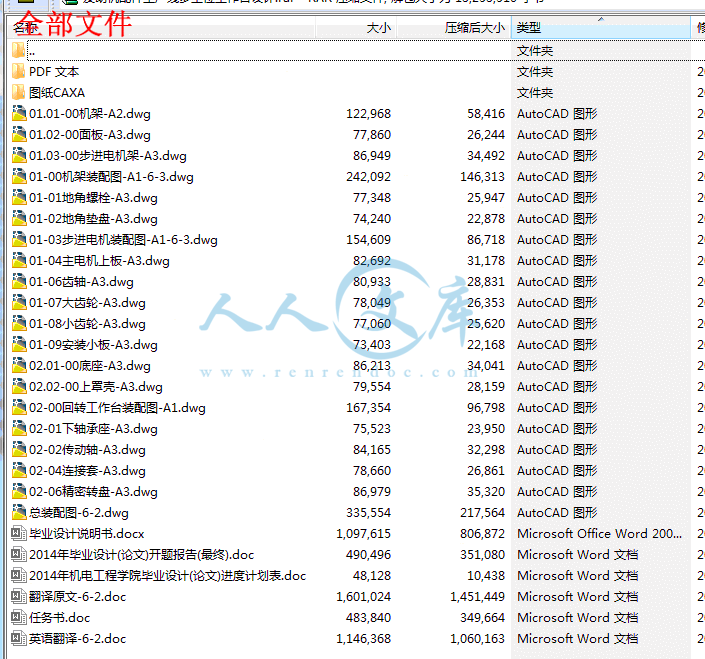

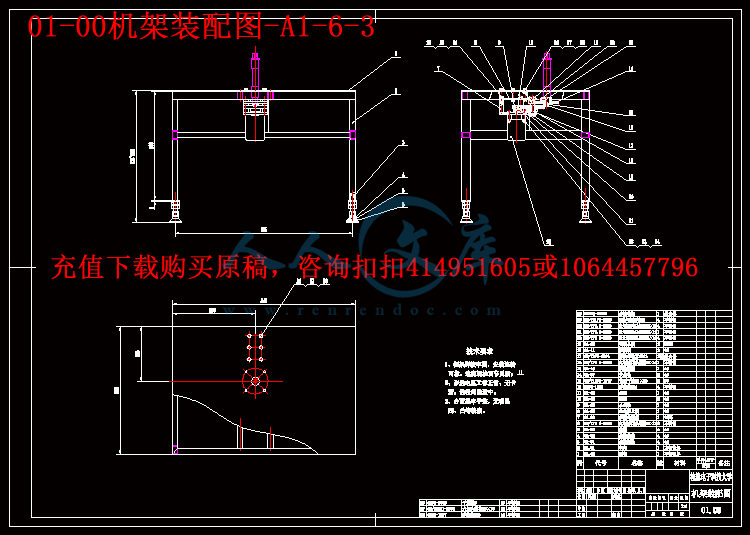
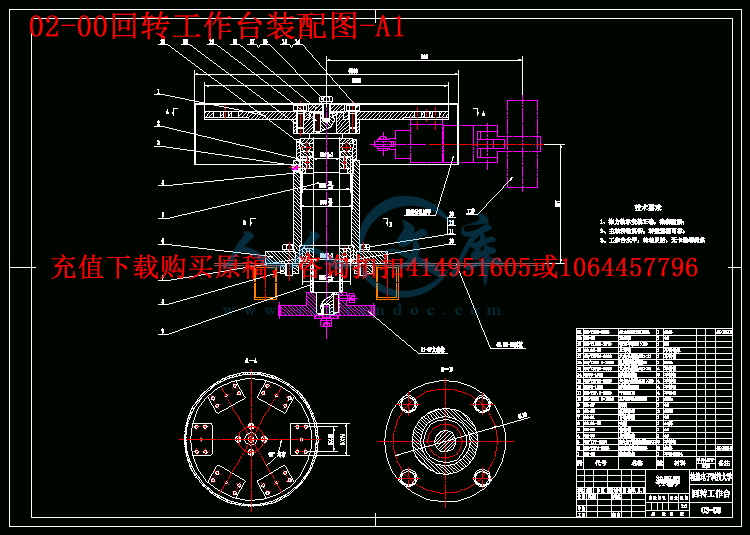
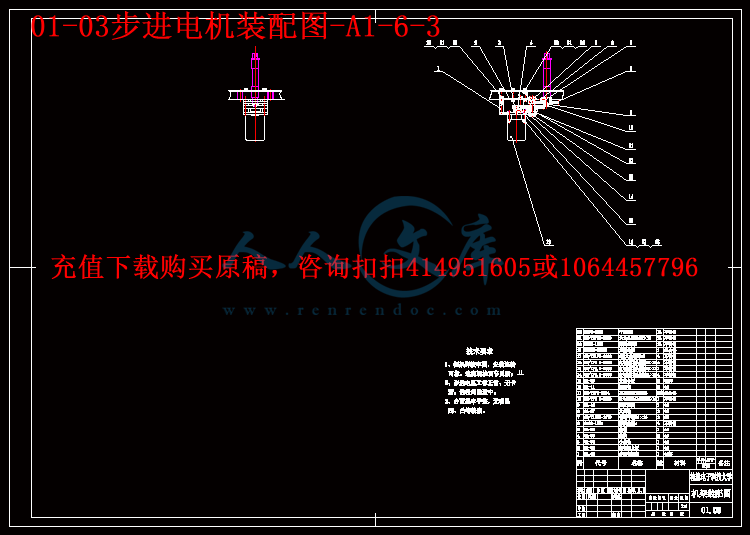

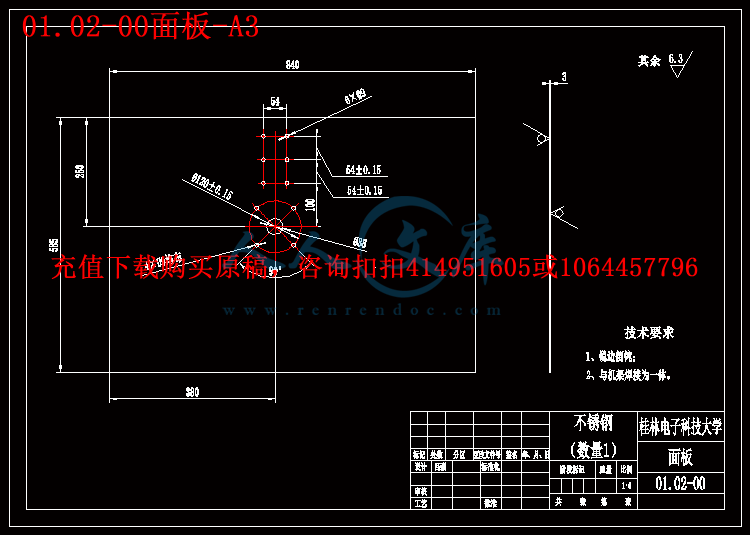
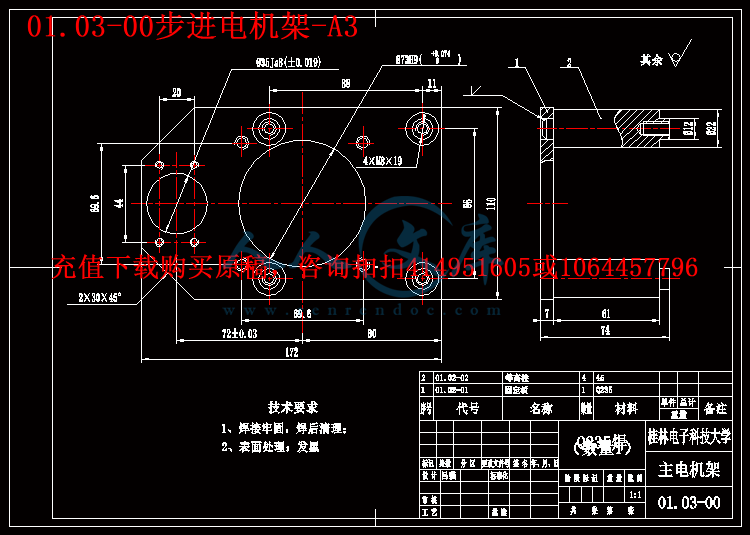


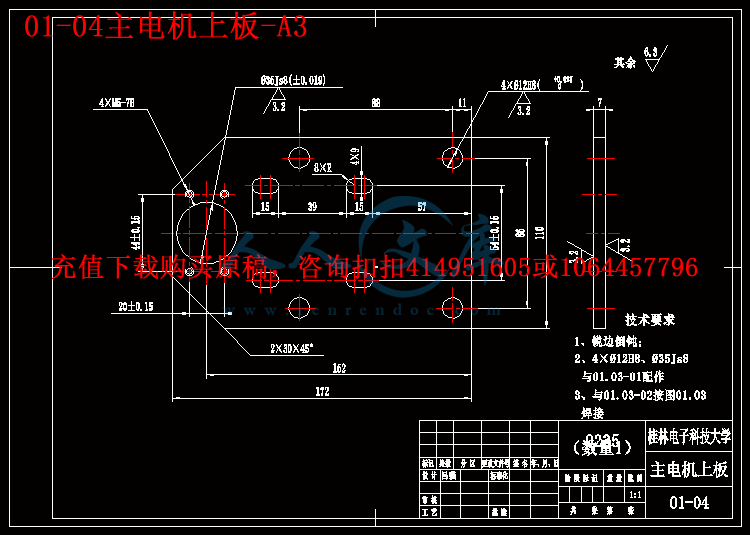
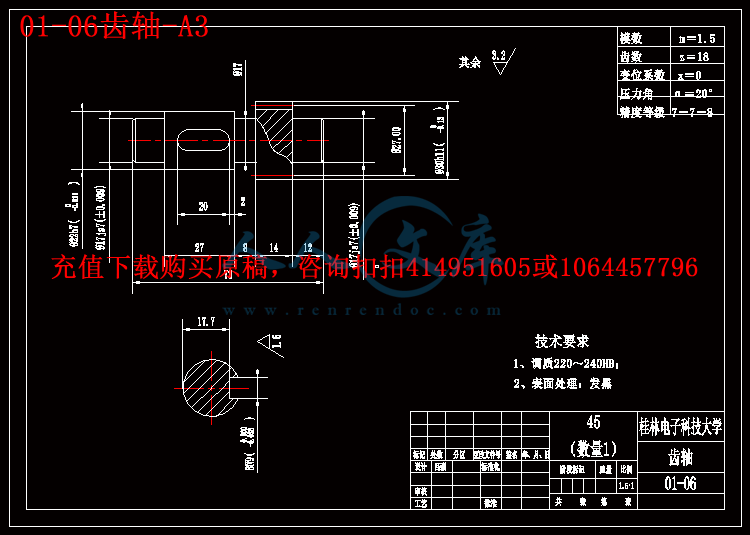
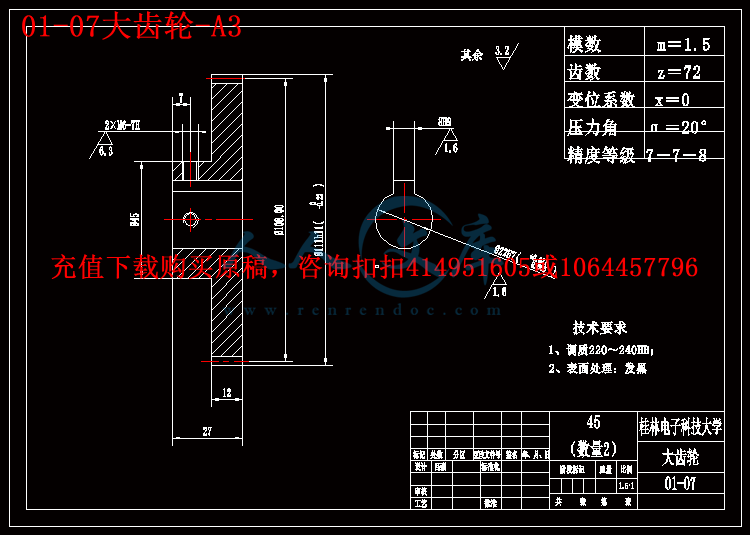
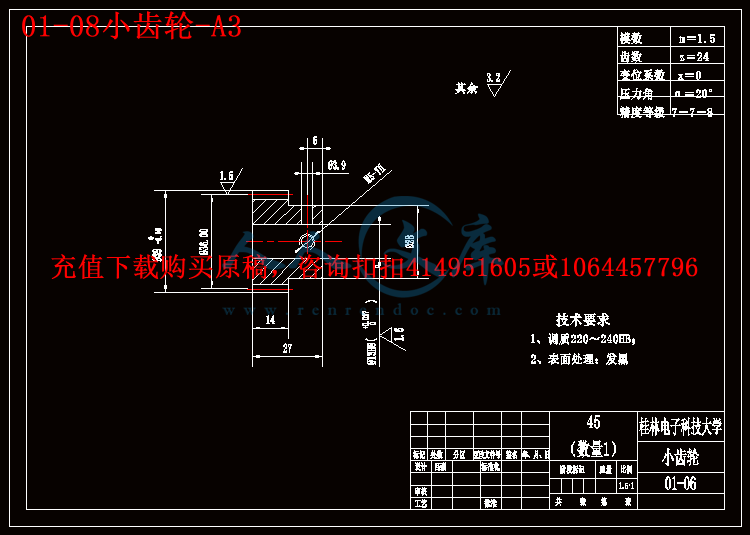
 川公网安备: 51019002004831号
川公网安备: 51019002004831号